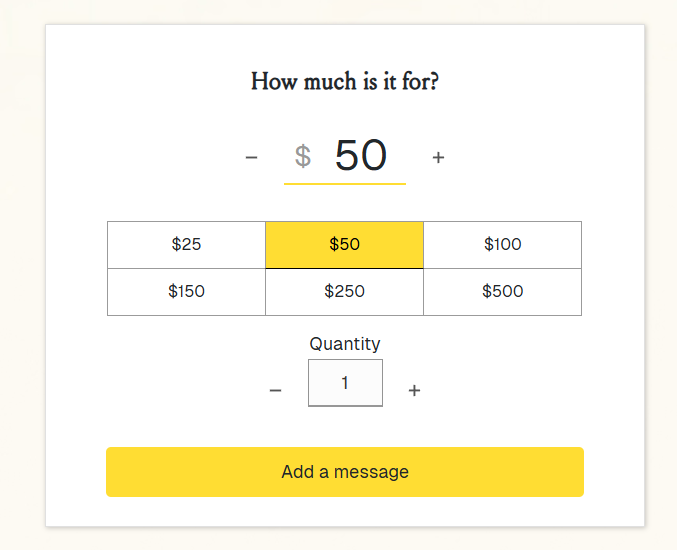For years, employers have been warned about the coming disruption of the “multigenerational workforce.” The U.S. workforce now has a record level of age diversity, and, experts say, HR can no longer think about managing the impacts of that diversity as a long-term strategic goal but rather a pressing priority.
“With five generations in the workforce, who have so many different experiences, we need to be able to reengage, retain or hire them differently, depending on what those generations are looking for,” Hannah Yardley, chief people and culture officer at employee recognition software provider Achievers, recently told HR Executive.
That is a task that falls squarely on the shoulders of HR, adds Carina Cortez, chief people officer of AI-powered talent management platform provider Cornerstone OnDemand. Yet—particularly as the oldest members of Generation Alpha will be graduating high school in the next few years—strategizing for the multigenerational workforce isn’t a one-off task but rather requires continuous learning and improvement.
In particular, Cortez says, organizations need to do a deep dive into the skills of their multigenerational workforce—where they are currently and what they need to help the company advance.
“In order for the workforce to be more agile and effective,” she says, “we really have to have a plan that considers the skills and development for all of those generations.”
Creating a baseline knowledge of the organization’s skill needs, she says, will enable the right talent to be hired and put in the most effective spots. Layered on top of that, she says, must be an investment in ongoing upskilling efforts.
Cortez says it will be imperative that learning is diversified through both content and modality, based on where learners—including those from different generations—are.
There could also be opportunities to apply universal learning strategies that cross-generational barriers, she says. Cornerstone, for example, has leveraged extended reality through a metaverse that provides “an immersive training experience that can work for all kinds of learners.”
“Employees of all ages can learn new skills very quickly, very easily,” she says, “and can connect their experiences and skills to build out really clear, unique career paths for themselves.”
When employees feel that their unique skill sets, experiences and learning potential are valued by the organization, Cortez says, “this can drive an agile workforce that’s unstoppable.”
Flexibility in benefits, tech experience
Agility will be critical to one of HR’s most important tools in its effort to attract and retain a multigenerational workforce: employee benefits.
“It’s no secret that each employee has their own unique needs—due to the stage of life they’re in or different expectations on what the employee experience should feel like,” says Sarah Fyfe, chief people officer of Iris Telehealth. Given that, when it comes to benefits, she says, employers should prioritize “flexibility of choice.”
Younger workers may prioritize mental health support, for instance, while older employees likely will place more value on retirement planning assistance.
“A one-size-fits-all benefits program no longer works,” Fyfe says. “You have to make sure you have a broad offering from which people can pick and choose what matters most to them.”

Data-driven insights culled from healthcare utilization rates and employee feedback will be critical in designing benefits that meet employee expectations, she says.
AI and the multigenerational workforce
Apart from benefits, HR can also help their organizations stay attuned to evolving employee expectations around tech use at work, according to a recent report from EY on the challenges of managing a multigenerational workforce. For instance, most in Gen Z, researchers write, “expect tech tools at work to match the ease of use of social media apps.” At the same time, older generations may be more resistant, requiring HR to embed flexibility in tech integration strategies.
This is particularly critical as artificial intelligence redefines work, according to the EY report.
The research found that continuous learning will help HR leaders “bridge” the gaps in how different generations interact with and embrace the technology. For instance, Gen Z is typically most welcoming of using AI at work but may “overestimate” their proficiency. Meanwhile, millennials and Gen Xers often see AI “in another light” and may require personalized training that speaks to that experience.
“The age spread of today’s workforce has never been wider, while the experiences characterizing each generation have never been so different,” researchers write. “It is precisely this breadth of diversity that offers leaders new opportunities for innovation and growth.”
This is the first in a series about HR’s role in managing a multigenerational workforce. Make sure you’re receiving our newsletters so you don’t miss the next installment.
Credit: Source link










